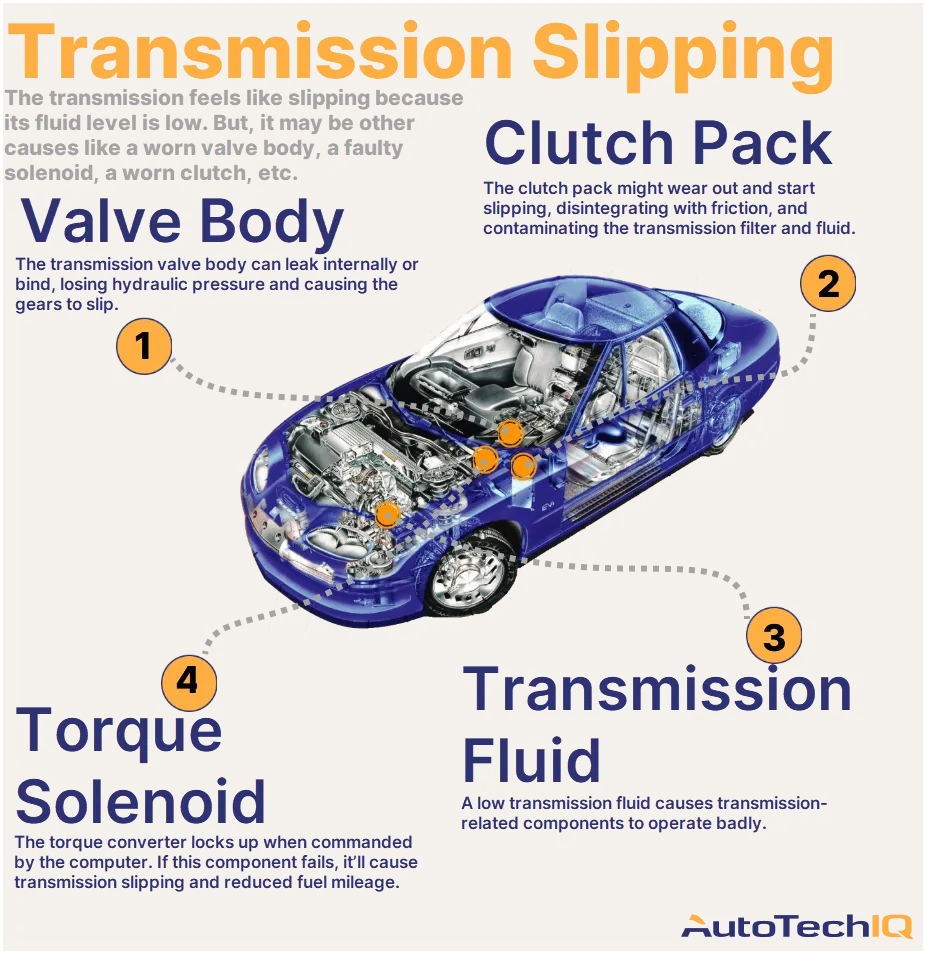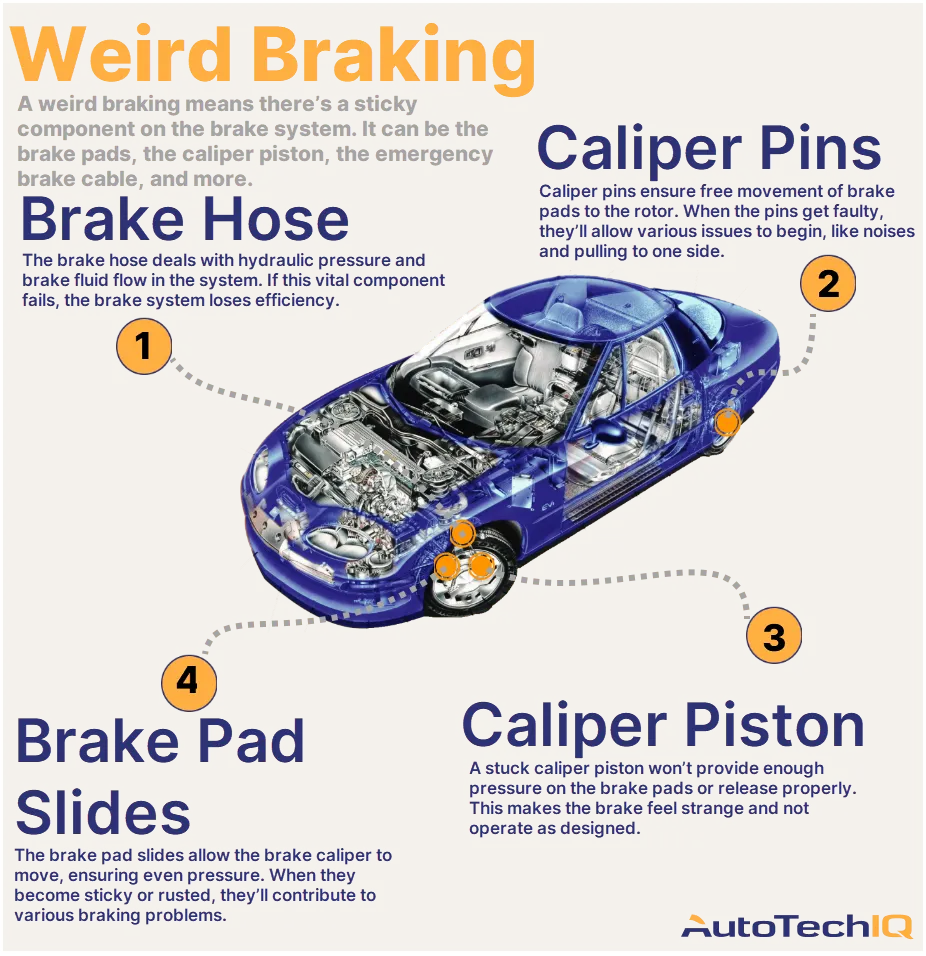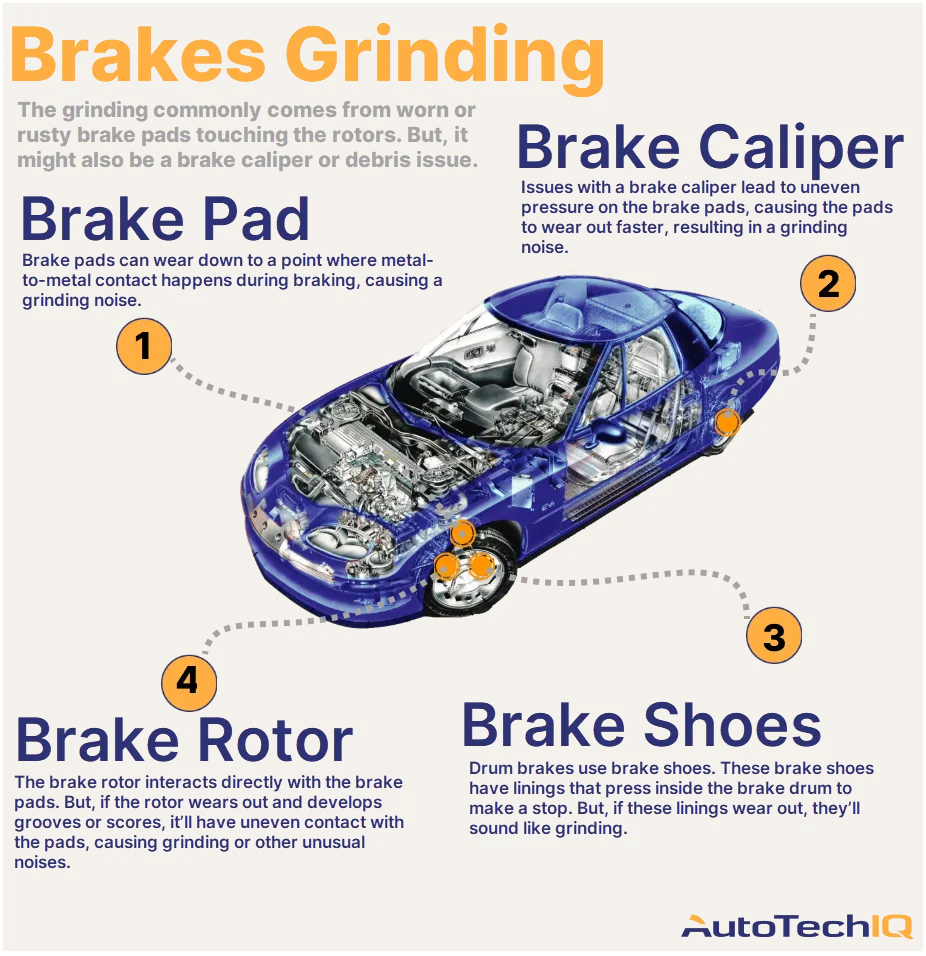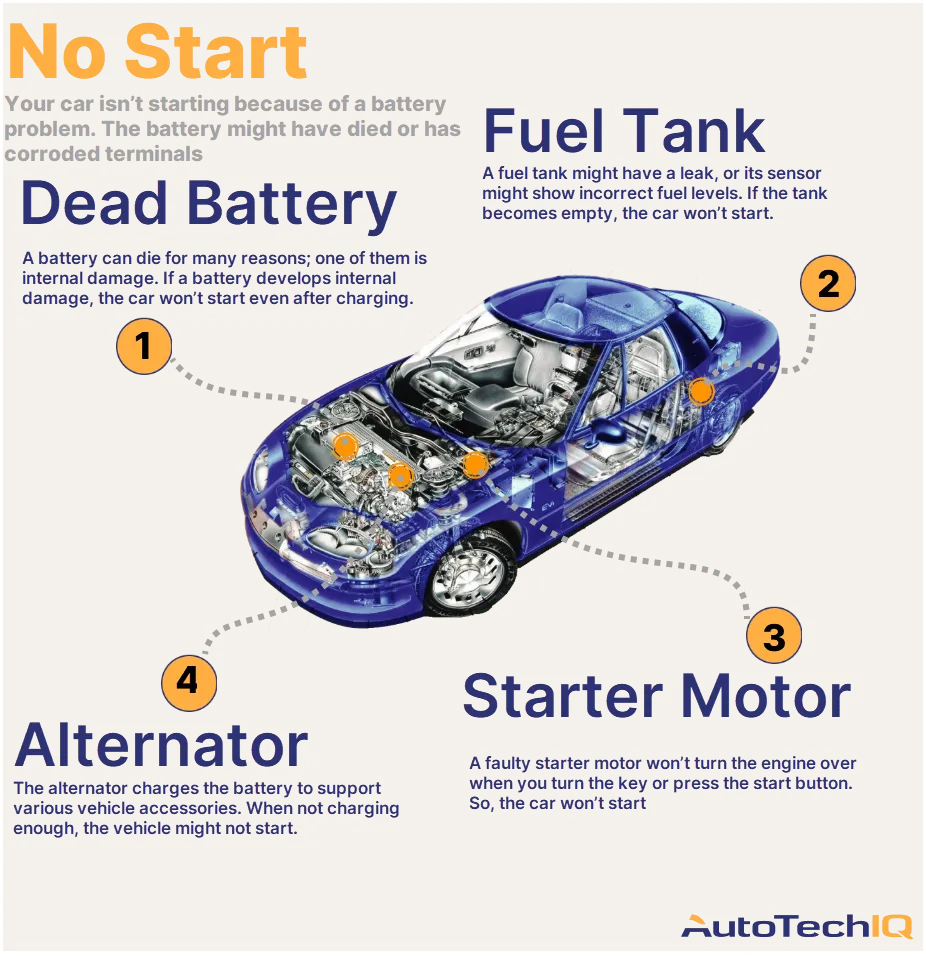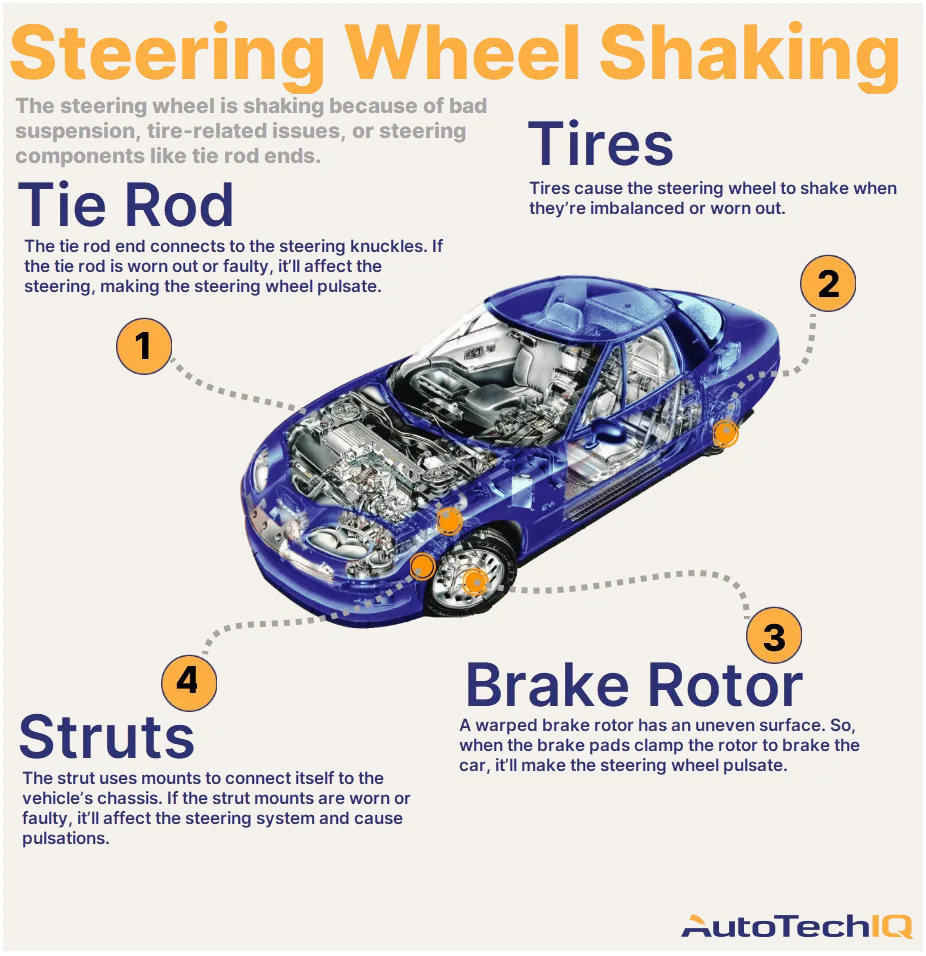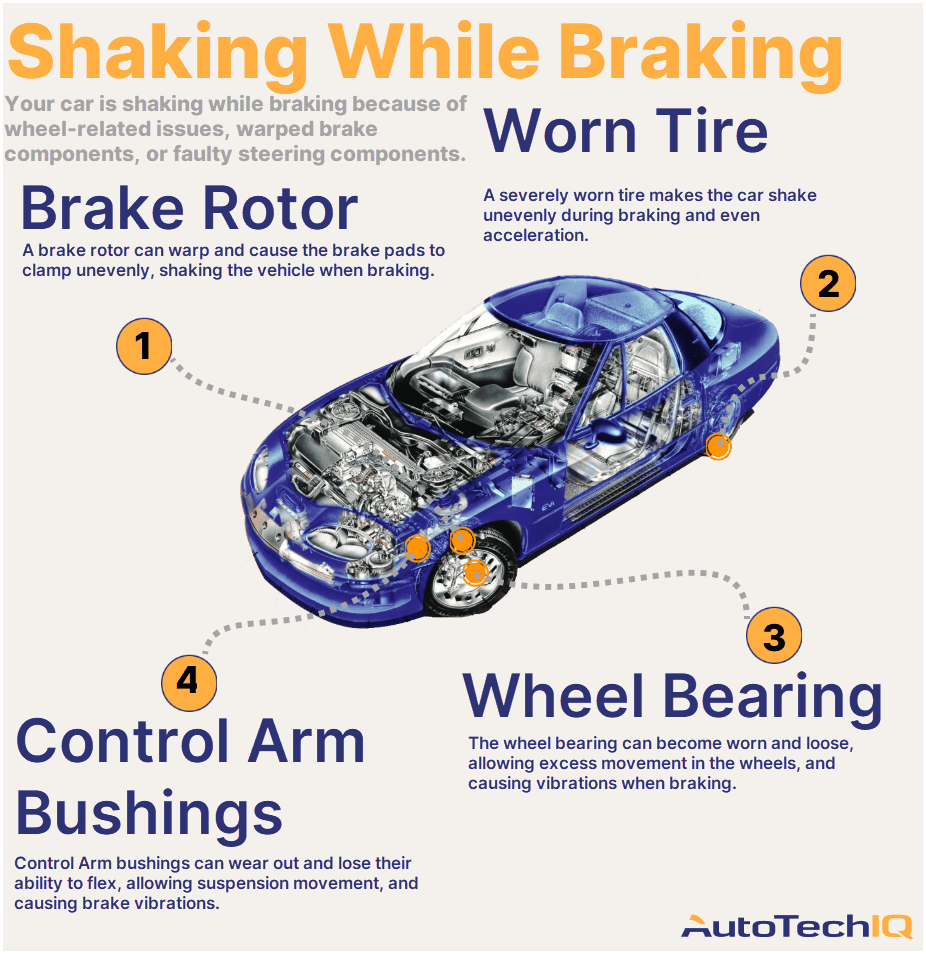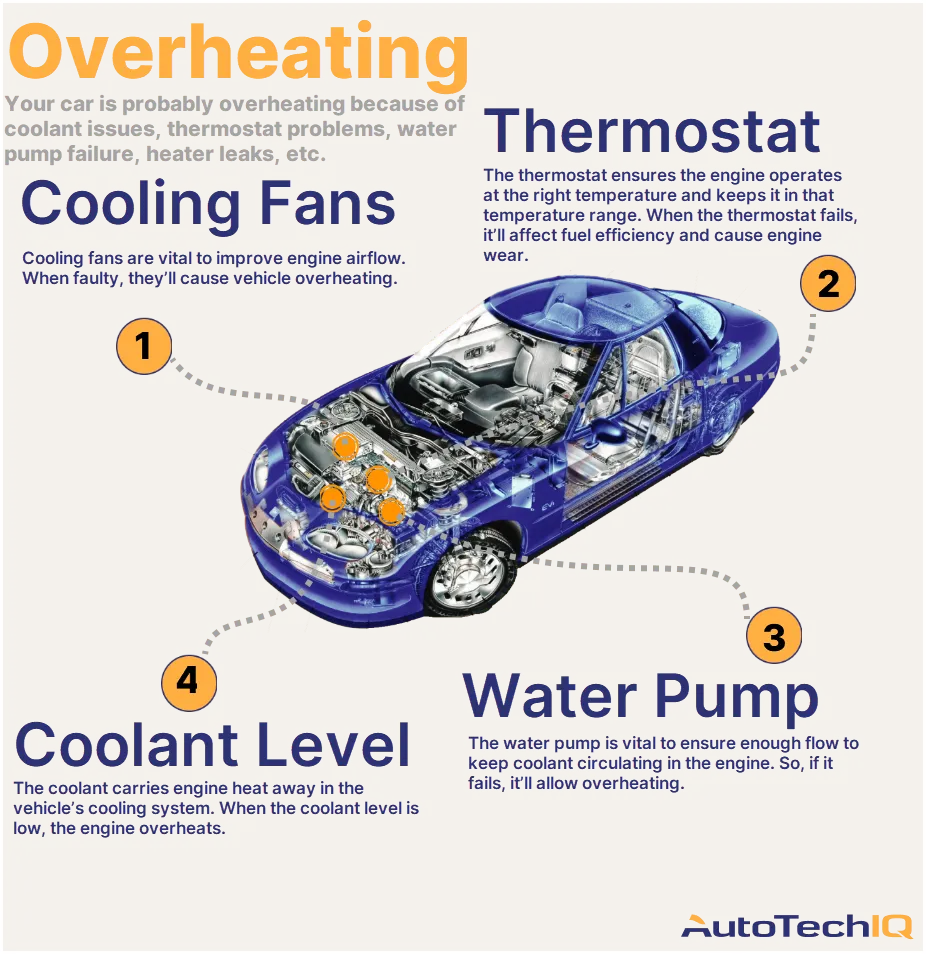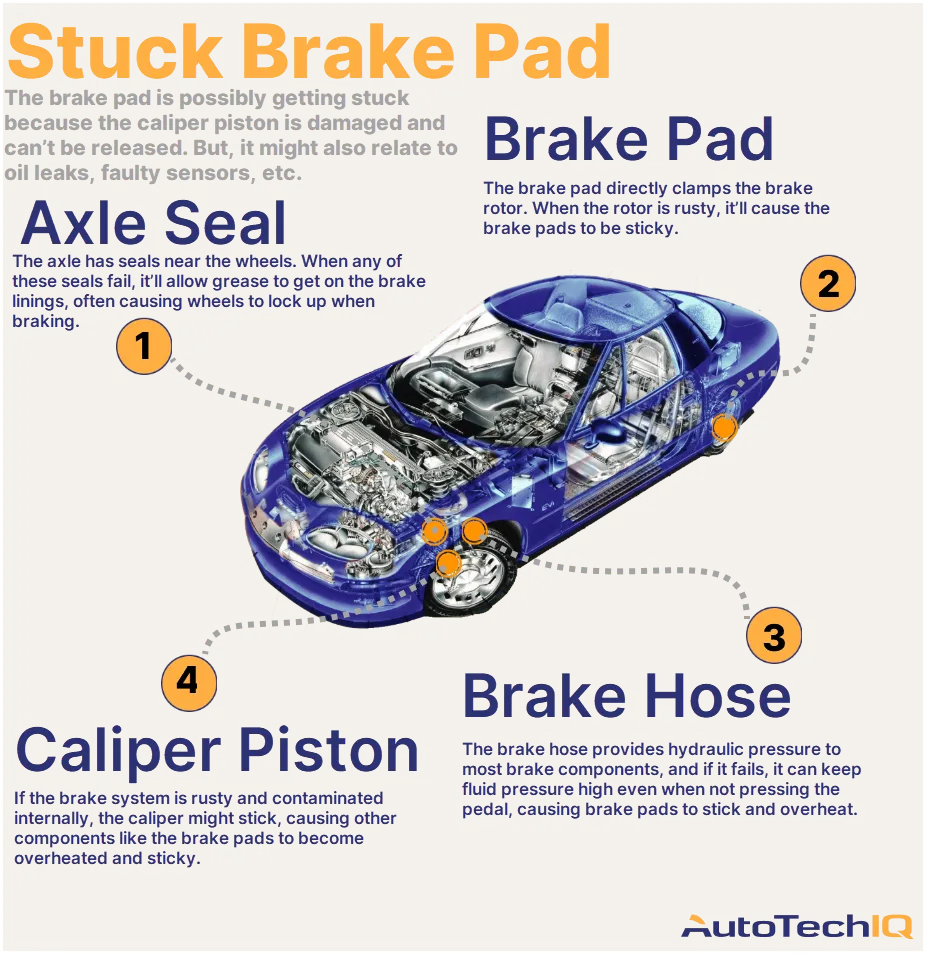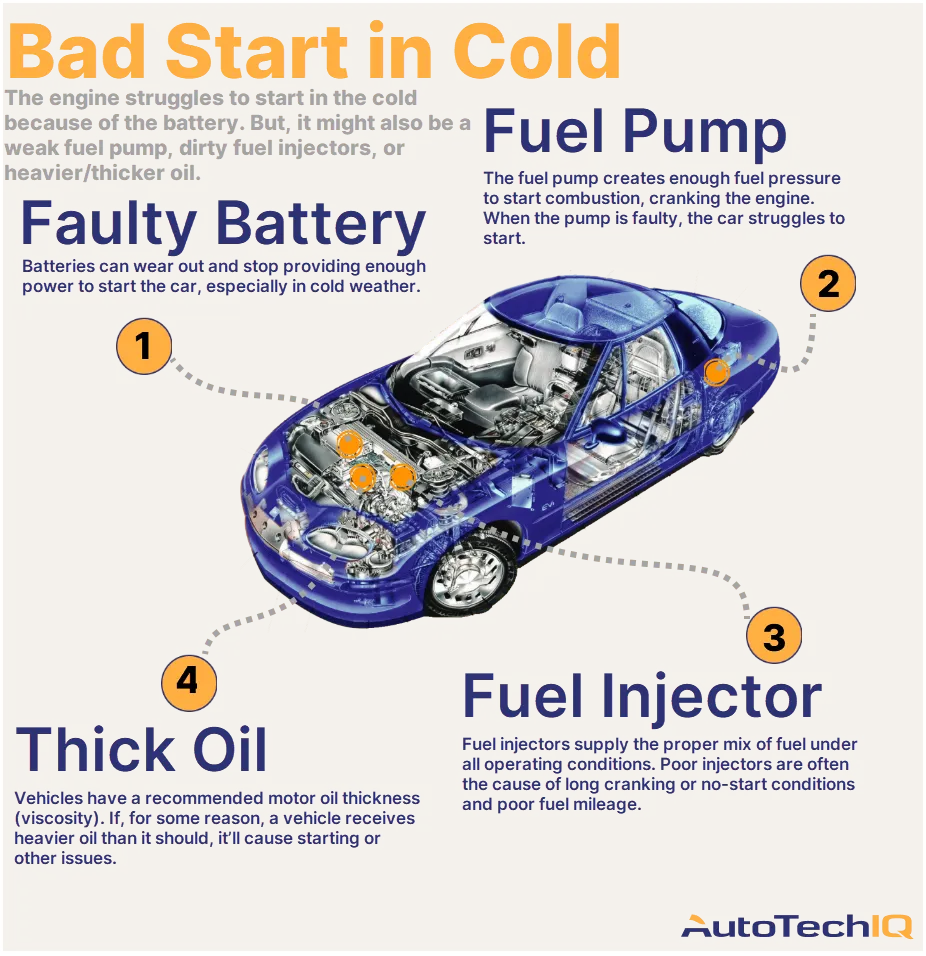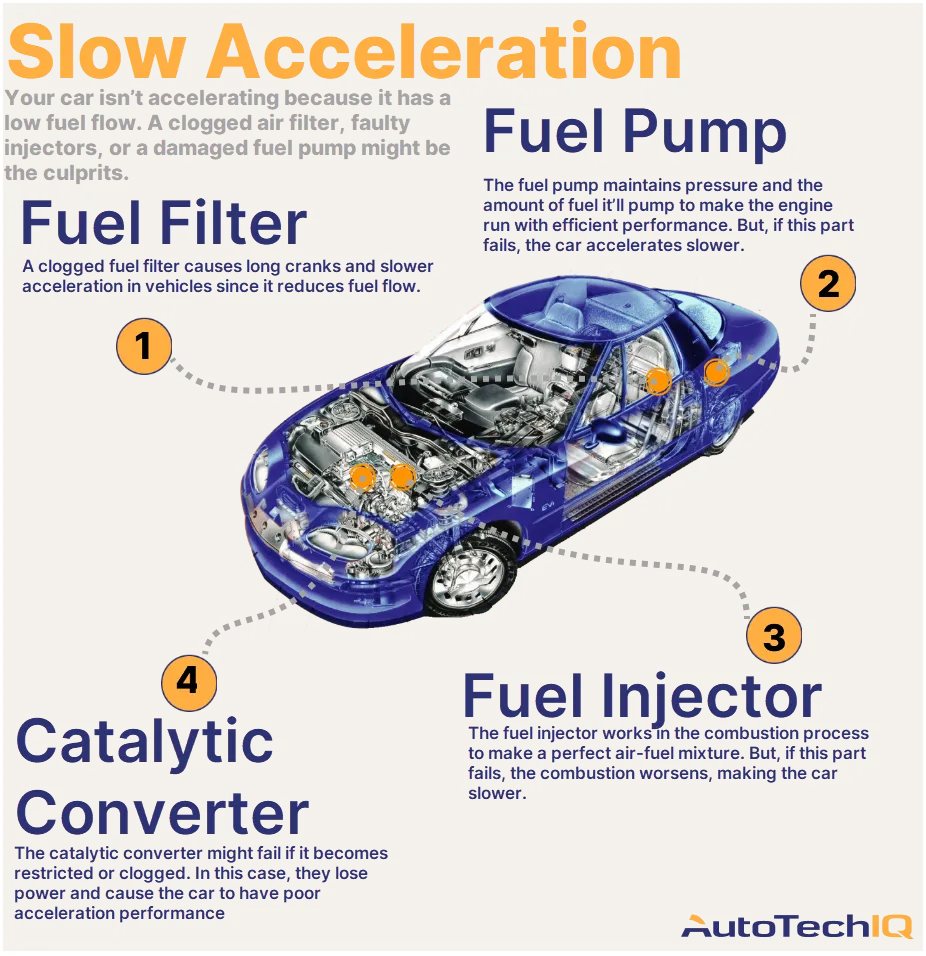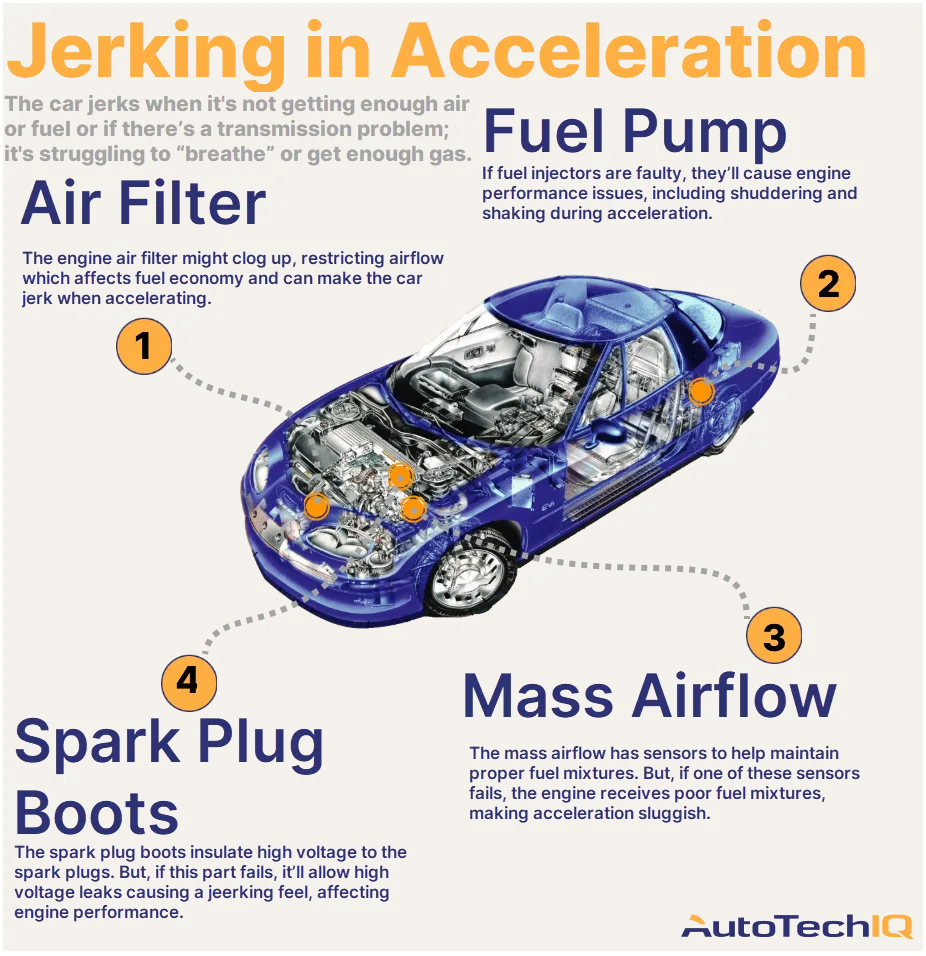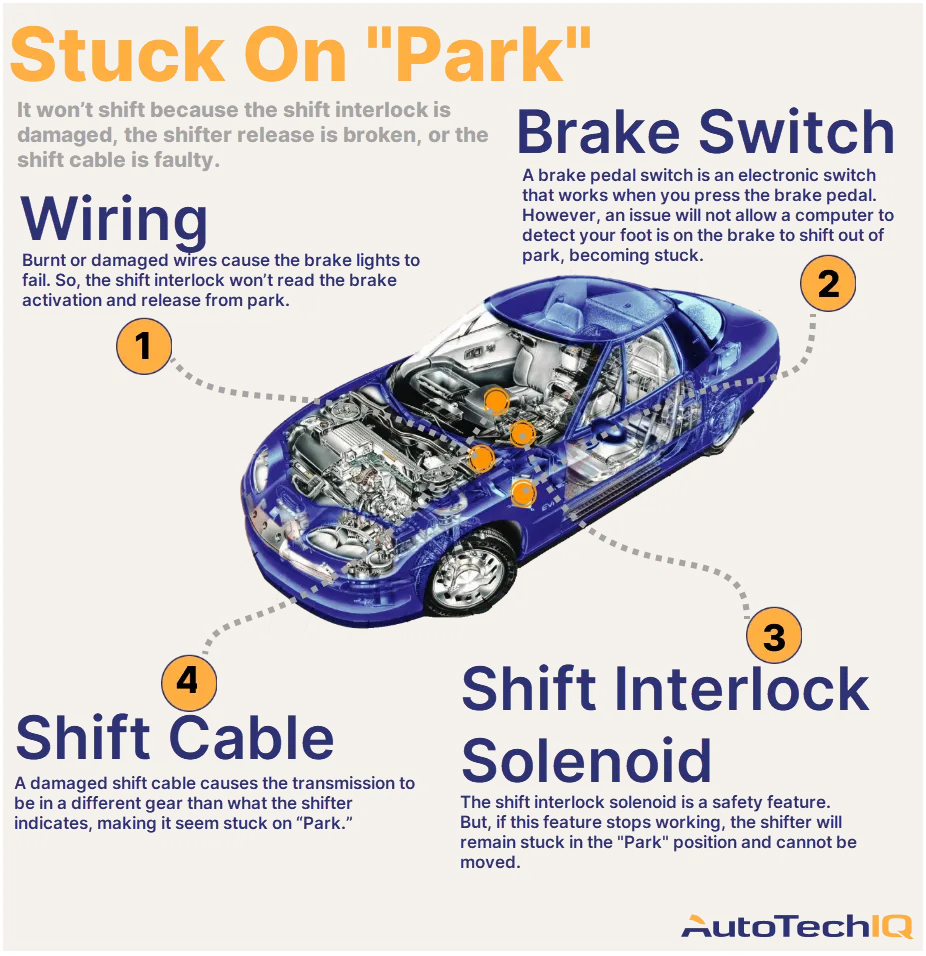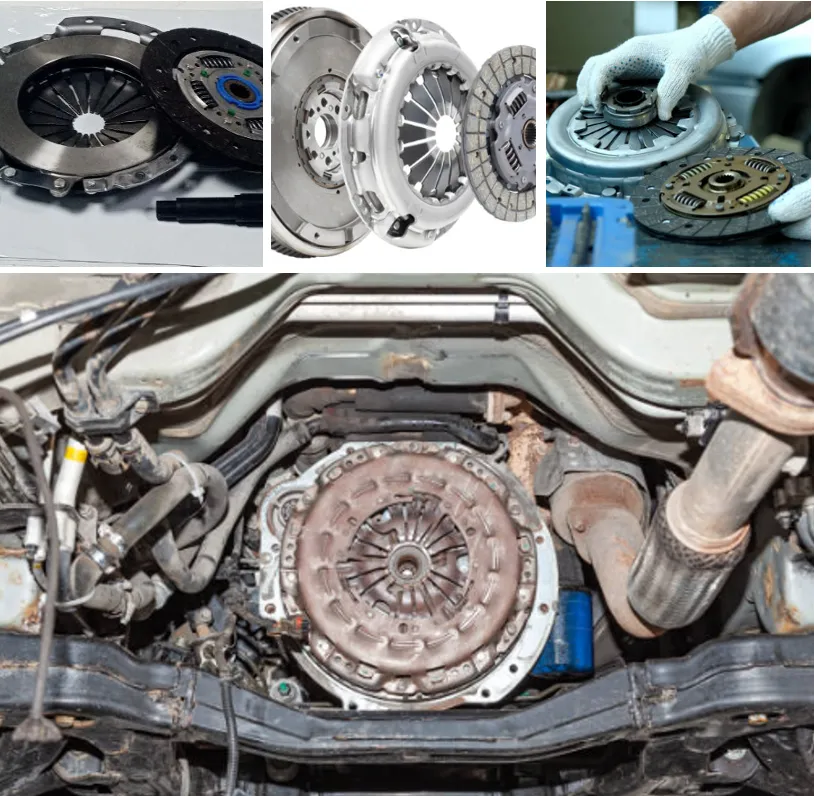
The clutch is a mechanism that is part of the transmission system. It transmits rotation from the engine to the car's gearbox and allows for the temporary disconnection between the engine and the gearbox. This is necessary for the driver to smoothly switch gears, initiate movement, or perform maneuvers while the car is in motion. In vehicles with a manual transmission, the clutch is located in the engine compartment in front of the gearbox and consists of several components: a flywheel, clutch disc, pressure plate, and release bearing. In cars with automatic transmissions, the automatic gearbox itself performs the function of the clutch.
Common symptoms of clutch failure include: issues with gear shifting (inability to engage or disengage gears), a clutch pedal that has become too hard to press or, conversely, too easy to press, a revving engine without sufficient power for acceleration, and a characteristic smell of burning metal. Also, if the clutch components break while the car is in motion, you will hear grinding, knocking, and experience vibrations. In this case, you should stop as soon as possible in a safe location, turn off the engine, turn on the hazard lights, call a tow truck, and notify an auto service center.
Theoretically, at neutral speed, at low speed without specific noises, and for short distances, you could tow the car yourself with another vehicle. However, this is extremely dangerous and can lead to serious additional damage.
We recommend carrying out diagnostics and clutch repairs at Certified Auto Repair. The clutch is a complex mechanism, and these repair works should be performed by a professional mechanic. Moreover, the degree of component damage can only be determined after completely disassembling the clutch mechanism.
We recommend replacing clutch components as a set: the disc, pressure plate, and release bearing (the flywheel is replaced if it is damaged). Partial replacement is not advisable, as this repair is expensive, and there is a high risk of encountering the same problem again.
Repair and replacement of components in the workshop will take a considerable amount of time, as additional protective gear and equipment will need to be removed. Special attention is paid to the installation of the clutch disc (it must be installed correctly and centered using a special bushing; both sides of the disc look the same, which sometimes leads to incorrect installation). After repair, mandatory diagnostics of the clutch operation are conducted. The pedal should be soft when pressed, gears should shift smoothly, and there should be no jerks or noise when releasing the clutch pedal. Certified Auto Repair also offers post-warranty repairs, which is very important for such repair work.


